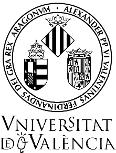2nd Conference and Spring School on Properties, Design and Applications of Upconversion Nanomaterials
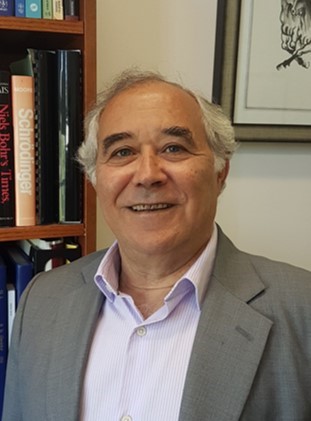 |
Prof. John A. CapobiancoDepartment of Chemistry and Biochemistry, Concordia University, Montreal, Quebec, Canada. Dr. John A. Capobianco received his PhD from the University of Geneva, Switzerland. He then worked as a Post-Doctoral Fellow at McGill University, Montreal until he joined the faculty of Concordia University, Montreal where is currently Professor of Chemistry, Concordia University Senior Research Chair in Nanoscience and Director of the Centre for Nanoscience Research. Professor Capobianco’s research interest is mainly on light matter interaction, the synthesis and physicochemical characterization of lanthanide doped nanomaterials. His current research focuses on upconversion for biomedical applications in bioimaging, diagnostic, therapeutic and cell targeting functionalities. Professor Capobianco has held a number of invited professorships at several European Universities. Over 100 students, post-doctoral fellows and visiting scientists have carried out research in Professor Capobianco’s laboratory and a number of his students have been awarded prestigious awards notably the Prix d’Excellence for the best PhD thesis. He is the recipient of the Provost’s Circle of Distinction and a Fellow of the Royal Society of Chemistry. |
|
|
|
Prof. Fiorenzo VetroneInstitut National de la Recherche Scientifique, Centre Énergie, Matériaux et Télécommunications (INRS-EMT), Université du Québec. A pioneer in the field of rare earth doped upconverting nanoparticles, Dr. Fiorenzo Vetrone is currently Associate Professor of Nanobiotechnology at Institut National de la Recherche Scientifique - Énergie, Matériaux et Télécommunications (INRS-EMT), Université du Québec. He was appointed Assistant Professor of Nanobiotechnology in October 2010 to develop an ambitious and vigorous research programme at the vanguard of nanomaterials research and their implementation in the life sciences and nanomedicine. With a strong emphasis on rare earth doped nanostructures, the overarching theme of his research group is to develop multifunctional nanoplatforms, excited by near-infrared light, to simultaneously trigger other light activated modalities. His highly cited work includes ~100 papers published in prestigious, high impact, peer-reviewed publications such as Journal of the American Chemical Society, Nano Letters, ACS Nano, Chemistry of Materials, Advanced Materials, Advanced Functional Materials, Nanoscale, Small, etc. with a number of ISI Highly Cited Papers. He has given well over 100 invited lectures at prestigious conferences, universities and summer schools around the world. Moreover, he has won a number of prestigious awards from NSERC, IUPAC, the Royal Society (UK), ASM International, Provinces of Benevento (Italy) and Shandong (China), etc. and has been elected as a member of the Global Young Academy. |
|
 |
Prof. Stanley MayDepartment of Chemistry, University of South Dakota, Vermillion, SD, USA. Prof. Stanley May received his PhD in Physical Inorganic Chemistry from the University of Virginia, Charlottesville, VA in 1988. He worked as a postdoctoral research associate under Prof. H. Güdel at the University of Bern, Bern, Switzerland, from 1988-1990. He taught chemistry and physics at Mount Marty College, Yankton, SD before joining the chemistry faculty in the Department of Chemistry at the University of South Dakota, Vermillion, SD in 1994, where he currently holds the rank of Professor. He is the Associate Director of the Center for Security Printing and Anti-Counterfeiting Technology (SPACT), which is a research collaborative involving scientist and engineers from the South Dakota School of Mines and Technology (SDSM&T) and South Dakota State University (SDSU). His expertise is in laser spectroscopy, plasmonics, electronic structure of metal ions, and nanotechnology. Prof. May’s current research interest is in basic and applied research in the synthesis and characterization of novel photonic nanomaterials. |
|
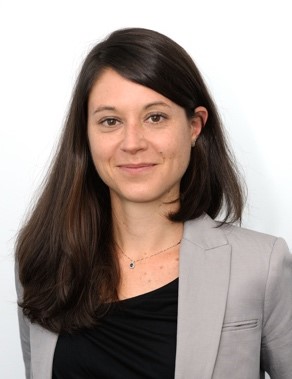 |
Prof. Eva HemmerUniversity of Ottawa, Department of Chemistry and Biomolecular Sciences, 10 Marie Curie, Ottawa (ON) K1N 6N5, Canada. Eva Hemmer received her Ph.D. (2008) in materials science from Saarland University (Germany) under the mentorship of Prof. Sanjay Mathur. During her PhD, she focused on the preparation of lanthanide-containing inorganic nanomaterials. This experience was further deepened during her postdoctoral studies where she worked on lanthanide-doped Gd2O3 nanoparticles for near-infrared bioimaging with Prof. Kohei Soga at Tokyo University of Science (Japan, 2009 to 2012). In 2013, she was awarded a Feodor Lynen Research Postdoctoral Fellowship from the Alexander von Humboldt Foundation to join the groups of Profs. Vetrone and Légaré at INRS-EMT, Université du Québec (Canada) to study lanthanide-doped fluoride (upconverting) nanoparticles for nanothermometry. In 2014, she received the Global Young Investigator Award of the Engineering Ceramics Division of the American Ceramic Society. Since 2016, she is an assistant professor at the University of Ottawa (Canada) where her research group at the Department of Chemistry and Biomolecular Sciences focuses on the design and study of novel multifunctional lanthanide-based nanocarriers for biomedical and energy conversion applications. |
|
 |
Prof. P. James SchuckMechanical Engineering, Columbia University. P. James Schuck is an Associate Professor of Mechanical Engineering at Columbia University. He earned his B.A. in Physics at UC Berkeley, his Ph.D. in Applied Physics at Yale University, then did his postdoctoral studies with Prof. W. E. Moerner at Stanford University, studying optical nanoantennas and single-molecule spectroscopy. The Schuck group aims to characterize, understand and control nanoscale light-matter interactions, with a primary focus on sensing, engineering and exploiting novel optoelectronic phenomena emerging from nanostructures and interfaces. We are continuously developing new spectroscopic methods that provide unique access to material properties at relevant length scales in real environments encountered in energy and biological applications. Current research interests include the investigation and applications of 2D materials and upconverting nanoparticles (UCNPs), with an emphasis on engineering energy transfer pathways within UCNPs for nanoscale sensing and lasing technologies. Selected Publications: D. Garfield, et al.,” Enrichment of molecular antenna triplets amplifies upconverting nanoparticle emission,” under review (2017); D. J. Gargas, E. Chan, et al., “Engineering bright sub-10-nm upconverting nanocrystals for single-molecule imaging,” Nature Nanotech. 9, 300, (2014); S.W. Wu, G. Han, et al., “Non-blinking and photostable upconverted luminescence from single lanthanide-doped nanocrystals,” PNAS 106, 10917 (2009). |
|
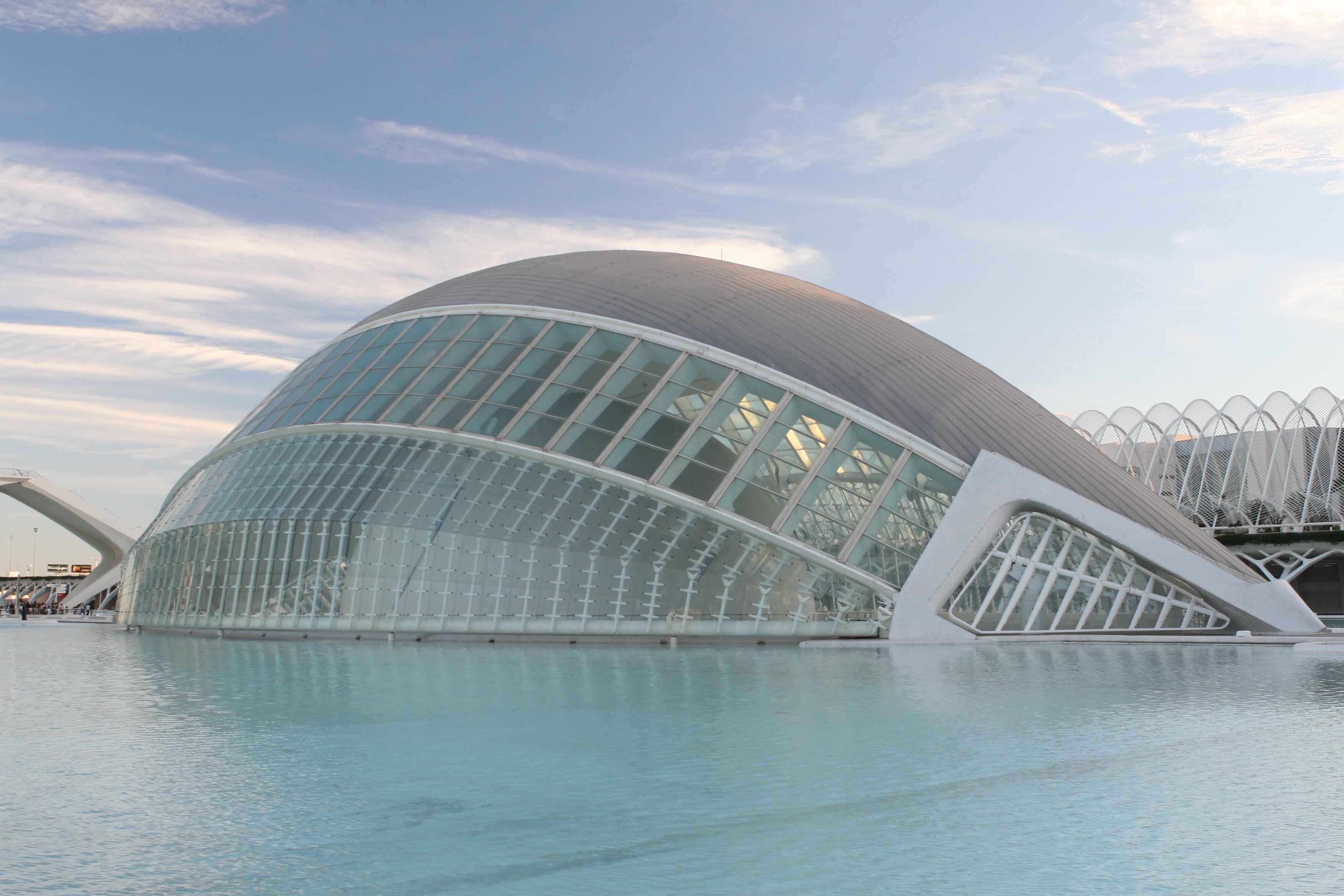
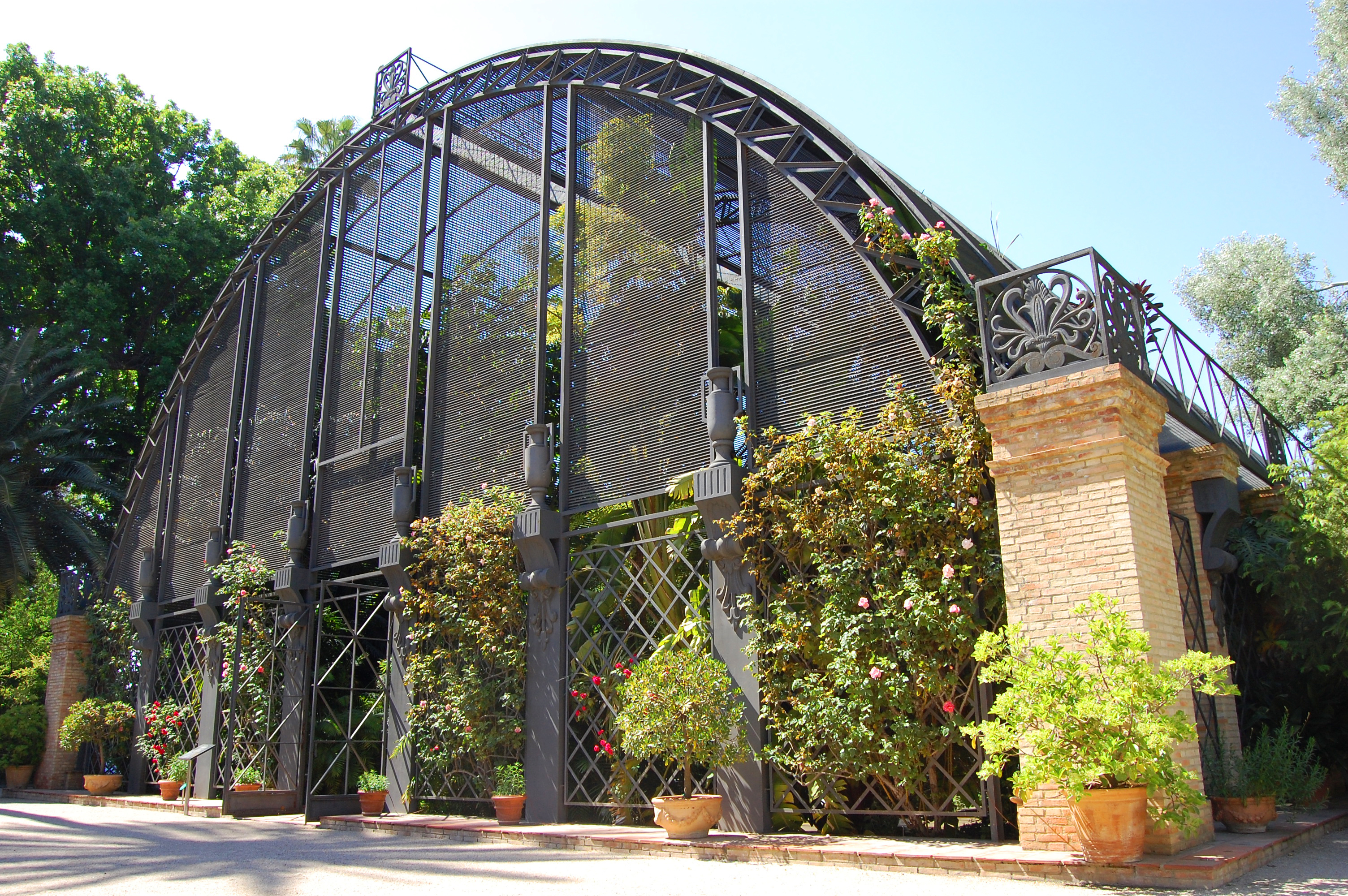
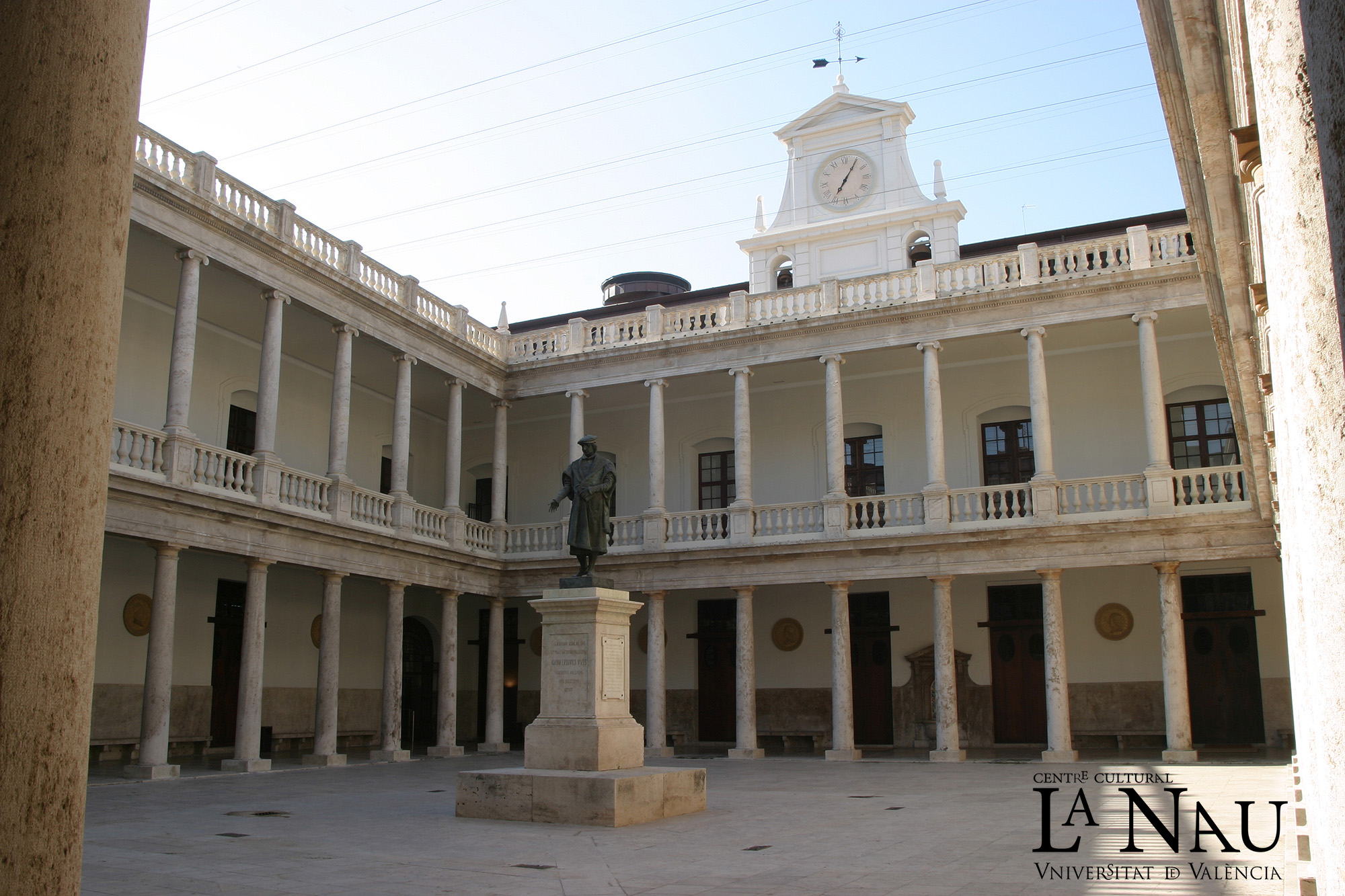


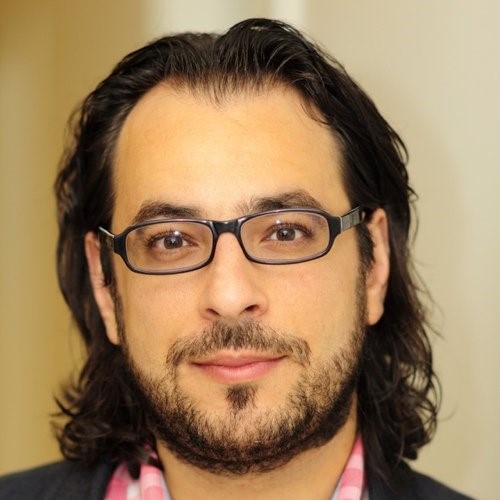
 Organizers
Organizers
